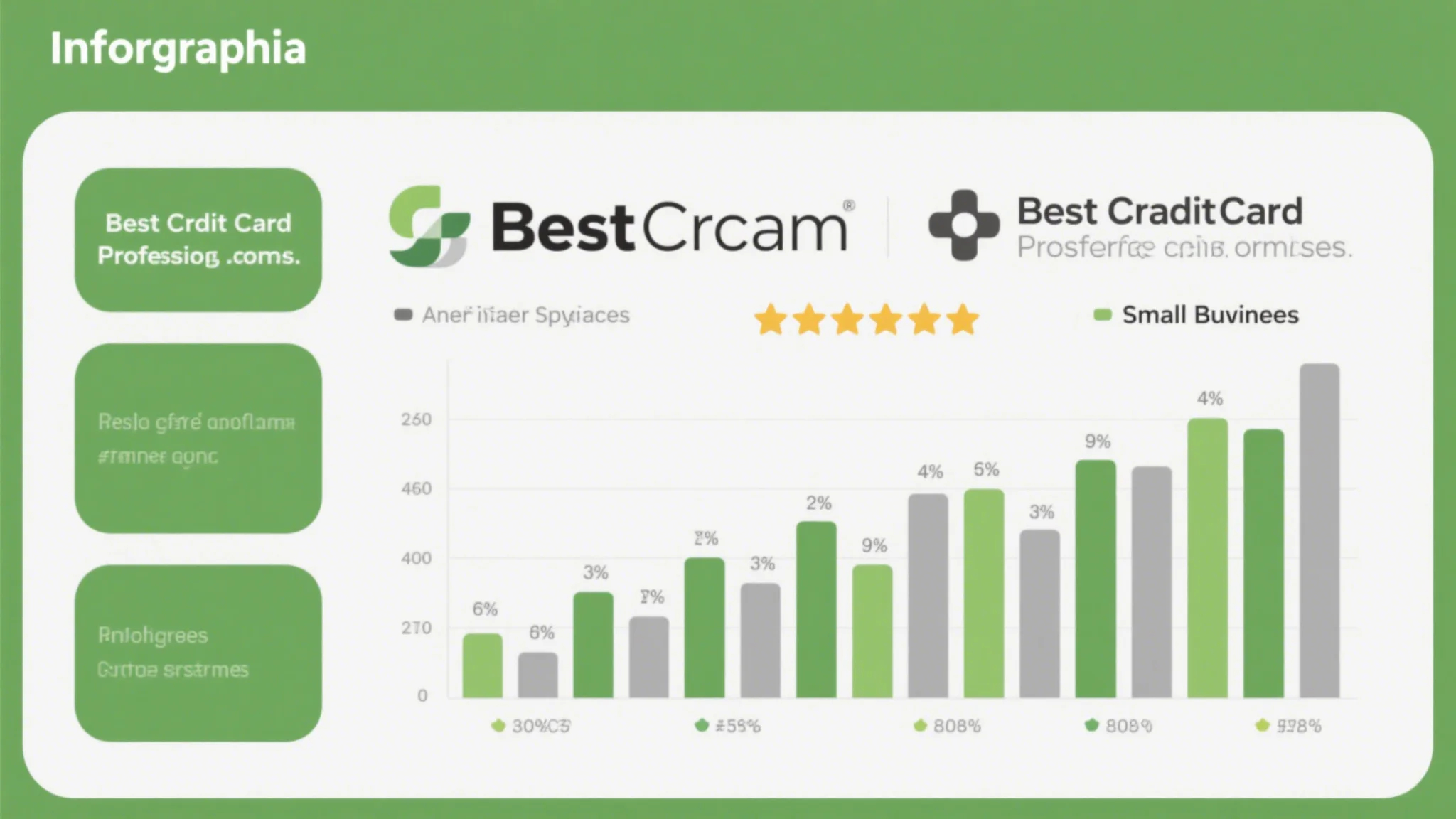In the world of payment processing, businesses often face a critical decision when selecting a pricing model for their card transactions. Two of the most common pricing models are Flat Rate and Interchange-Plus. Each has its own advantages and disadvantages, and the choice between them can significantly impact a business’s bottom line.

Understanding these models is essential for merchants looking to optimize their payment processing costs. Let’s dive into the details of each pricing model, explore their pros and cons, and help you determine which one might be the better fit for your business.
What is the Flat Rate Pricing Model?
The Flat Rate pricing model is a straightforward and popular choice for businesses. Under this model, merchants pay a fixed percentage of each transaction, regardless of the card type or issuer. For example, a merchant might agree to pay 2.9% plus a small per-transaction fee (e.g., $0.30).
The simplicity of the Flat Rate model is one of its biggest advantages. Businesses can easily predict their processing fees, which makes budgeting and financial planning more manageable. This model is particularly appealing for small businesses or online sellers who want to avoid the complexities of variable fees.
However, the Flat Rate model isn’t without its drawbacks. Since the fee is fixed, businesses may end up paying higher rates for certain transactions, especially those involving premium cards like rewards or business cards. Additionally, merchants have little control over the fees, as they are set by the payment processor and cannot be negotiated.
What is the Interchange-Plus Pricing Model?
The Interchange-Plus pricing model, on the other hand, is more dynamic. Under this model, merchants pay a fee that is based on the interchange rate (set by card networks like Visa and Mastercard) plus a markup fee from the payment processor.
For example, if the interchange rate for a Visa transaction is 1.5% plus $0.10, and the processor adds a 0.5% markup and a $0.20 fee, the total cost for the merchant would be 2.0% plus $0.30 per transaction.
The Interchange-Plus model offers more transparency, as merchants can see exactly what fees are being charged for each transaction. This model is often preferred by larger businesses or those with high transaction volumes, as it allows them to save money on lower-cost transactions while paying slightly more for premium ones.
One of the key benefits of the Interchange-Plus model is its flexibility. Merchants can often negotiate the markup fee with their payment processor, potentially reducing their overall costs. Additionally, this model ensures that businesses are only paying for what they use, which can be more cost-effective in the long run.
Pros and Cons of Each Model
To help you decide which model is right for your business, let’s break down the pros and cons of both:
Flat Rate Model
Pros:
Simple and easy to understand.
Fixed fees provide predictable costs.
No need to worry about fluctuating interchange rates.
Cons:
May pay higher fees for premium cards.
No flexibility in negotiating fees.
Less control over pricing structure.
Interchange-Plus Model
Pros:
More transparent fee structure.
Potential for lower costs on low-risk transactions.
Opportunity to negotiate markup fees.
Cons:
Variable fees can make budgeting more challenging.
Requires a deeper understanding of interchange rates.
Higher administrative burden for tracking fees.
When to Choose Each Model
Now that you’ve learned about the key features of both pricing models, it’s time to consider which one aligns best with your business needs.
Flat Rate Model: Best for
Small businesses with limited transaction volumes.
Merchants who prefer simplicity and predictability in their pricing.
Online sellers or businesses that don’t have the resources to track variable fees.
Interchange-Plus Model: Best for
Large businesses with high transaction volumes.
Merchants who process a mix of card types and want to optimize costs.
Businesses that have the capacity to monitor and manage variable fees.
Which Model Wins?
The answer to this question depends on your business’s unique circumstances. If simplicity and ease of use are your top priorities, the Flat Rate model may be the better choice. On the other hand, if you’re looking to minimize costs and have the ability to handle variable fees, the Interchange-Plus model could offer long-term savings.
It’s also worth considering the reputation and reliability of your payment processor. A trustworthy provider can guide you through the intricacies of both models and help you make an informed decision. Additionally, some processors offer hybrid pricing models that combine elements of both Flat Rate and Interchange-Plus, providing a middle ground for businesses that want the best of both worlds.
Final Thoughts
Choosing the right pricing model for your business is a critical decision that can impact your profitability and financial planning. While the Flat Rate model offers simplicity and predictability, the Interchange-Plus model provides transparency and potential cost savings.
Ultimately, the winner isn’t one model or the other but the one that aligns best with your business goals, transaction volume, and financial capacity. By doing your research and working closely with your payment processor, you can select the pricing model that ensures you’re paying a fair price for your payment processing needs.
This concludes our in-depth exploration of the Flat Rate vs Interchange-Plus pricing models. Whether you’re a small business owner or a large enterprise, understanding these models can empower you to make the best decision for your transactions.
